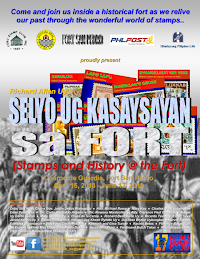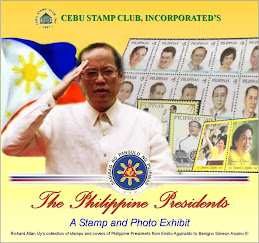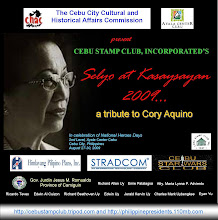Today in Philippine History (Philatelic Edition Series 3):
September 26, 2022
The US-Philippines Society and the Stimson Center’s Southeast Asia Forum sponsored a luncheon program on September 26, 2022 in Washington, D.C. where Senator Imee R. Marcos unveiled a Seven-Point Plan for consideration by Philippine legislative leaders and the new Philippine administration headed by her brother President Ferdinand Romualdez Marcos, Jr.
Senator Marcos, who chairs the Foreign Affairs Committee, addressed the roundtable forum held at Washington’s Center for Strategic and International Studies (CSIS). She described key elements of her plan as:
(1) Re-examination of the US-PH Mutual Defense Treaty (MDT) and the Visiting Forces Agreement (VFA), and progress on implementing the Enhanced Defense Cooperation Agreement (EDCA).*
(2) Pursuit of increased military assistance; more support for local defense contractors.
(3) Exploration of regional Multilateral Defense Arrangements.
(4) Expansion of new trade opportunities, including a “Green Metals Initiative,” deep sea fishing access, and cooperation under the 2022 CHIPS Act.
(5) Improvements in Social Protections and public safety nets (she commended USAID and the USPHS on disaster relief and recovery).
(6) Acceleration of Professional Exchanges, e.g., health care workers, teachers and academics.
(7) Engagement with China, including joint development, confidence-building measures, and a code of conduct in the South China Sea.
*Senator Marcos clarified that she is not calling for a revision of the MDT or VFA, but an examination of how language in those agreements is implemented. She also supports full implementation of EDCA.
President Ferdinand R. Marcos, Jr. already made statements on the importance of strengthened bilateral ties with the United States.
Participants who were at the discussion included representatives from leading think tanks, companies, universities, and embassies, along with members of the US-Philippines Society, USIP, the US-ASEAN Business Council, CNAS, and the Asia Foundation.
Bilateral and regional issues, including strategic challenges, post-COVID economic recovery, energy needs, food security, climate change, trade and investment, among others were discussed.
US-Philippines Society Founding Director Henry Howard, who was instrumental in arranging Senator Marcos’ participation in the program, was the event's moderator.
On April 30 to May 4, 2023, President Ferdinand R. Marcos Jr. traveled to Washington, D.C. for an official visit to boost ties on food security, economy and energy. US President Joe Biden welcomed him and was given US military honors at the Pentagon. He went home with $1.3-B investment pledges.
(Design, concept, stamps and research: Richard Allan B. Uy) All rights reserved
Photo credit: usphsociety.org


























































